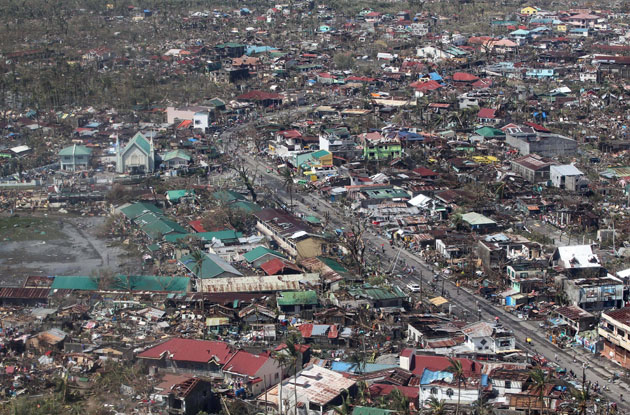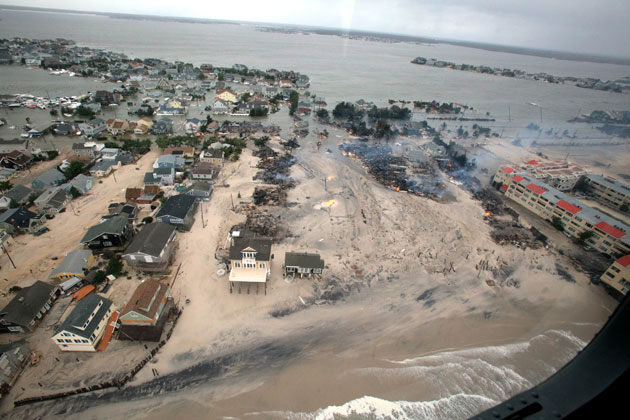Super Typhoon Haiyan, perhaps the strongest storm ever recorded on Earth, made landfall in the Philippines on Friday. The result was catastrophic, with 10,000 feared dead, according to the Associated Press. The storm made landfall again in Vietnam on Monday morning local time. Here are photos of the preparation for, and aftermath of, Haiyan’s arrival.
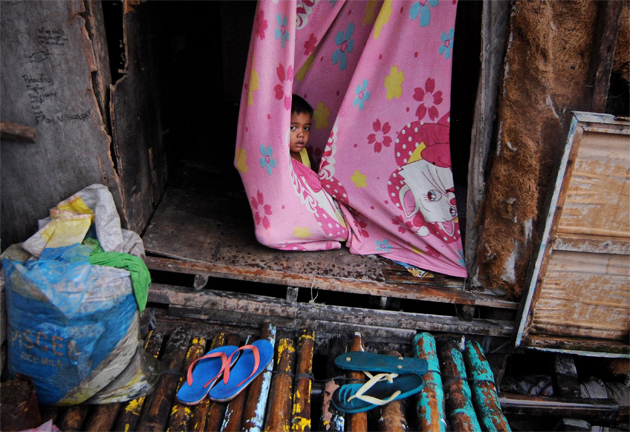
A child wraps himself in a blanket inside a makeshift house along a fishing village in Bacoor, south of Manila. Ezra Acayan/ZUMA
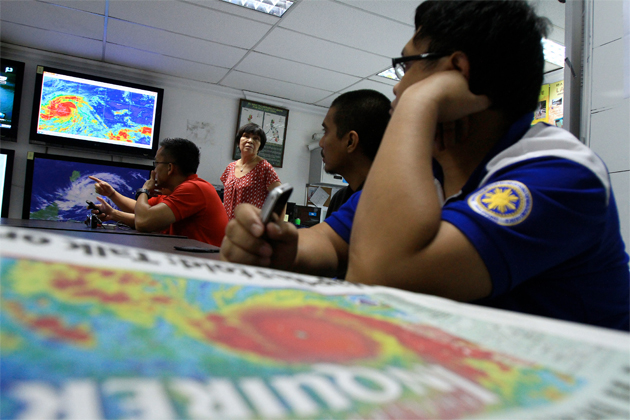
Various government agencies monitor the path of Super Typhoon Haiyan inside the National Disaster Risk Reduction and Management Council (NDRRMC) office in Quezon City, Philippines. Rouelle Umali/ZUMA
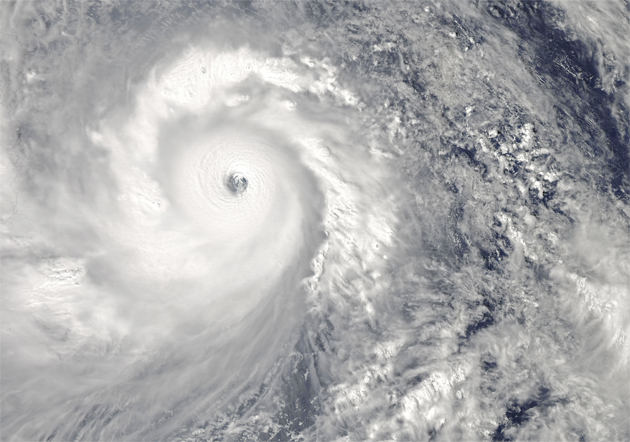
This NASA MODIS Aqua satellite image shows Super Typhoon Haiyan shortly before it smashed into the Philippines with 200 mph winds and 50-foot waves. Lightroom Photos/Nasa/ZUMA
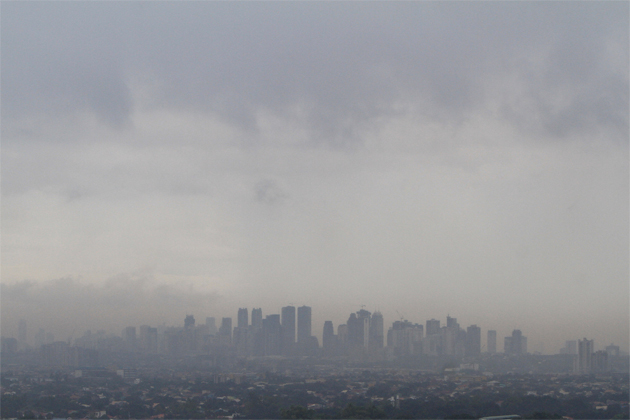
Dark clouds from Super Typhoon Haiyan loom over the skyscrapers of metro Manila. Rouelle Umali/ZUMA
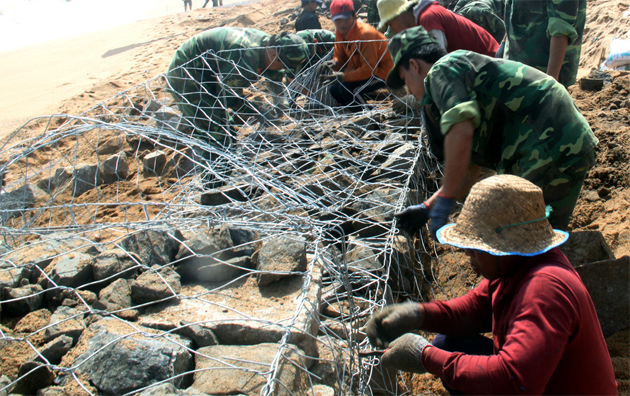
People reinforce dykes ahead of Super Typhoon Haiyan in Phu Yen province, central Vietnam. Vna/ZUMA
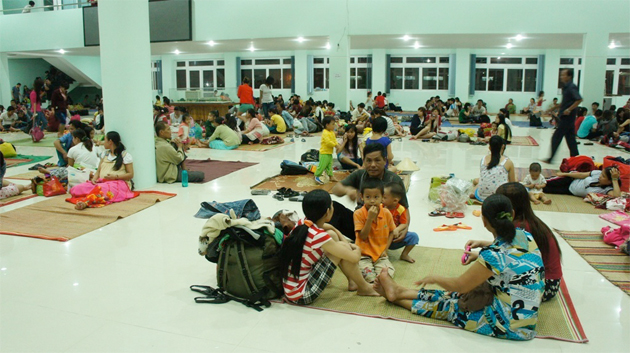
Local residents are evacuated to safe places before Super Typhoon Haiyan hit Vietnam in Da Nang city, central Vietnam. Vna/ZUMA
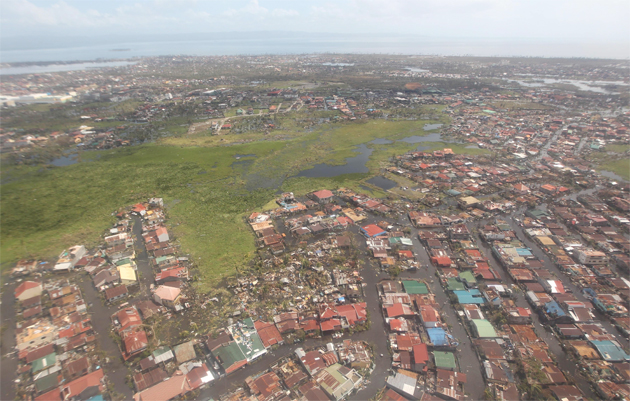
Aerial photo taken on November 10 shows the scene after Typhoon Haiyan hit Leyte Province, Philippines. Ryan Lim/ZUMA
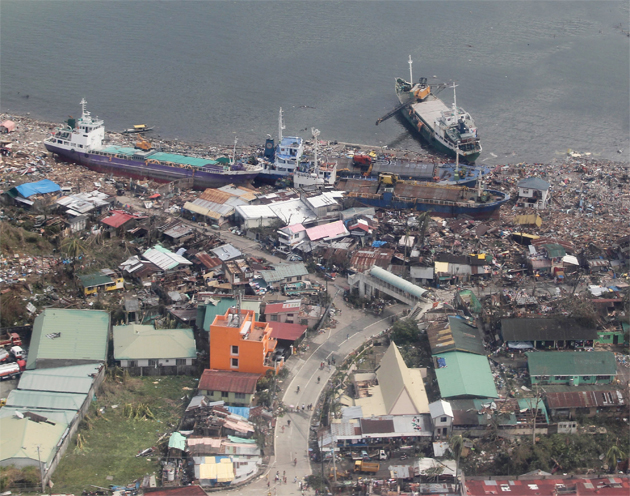
Aerial photo shows the scene after Typhoon Haiyan hit Leyte Province. Ryan Lim/ZUMA

Filipino typhoon survivors from Tacloban City disembark from a C130 military plane in an airport in Cebu City, Philippines. Ritchie Tongo/ZUMA










